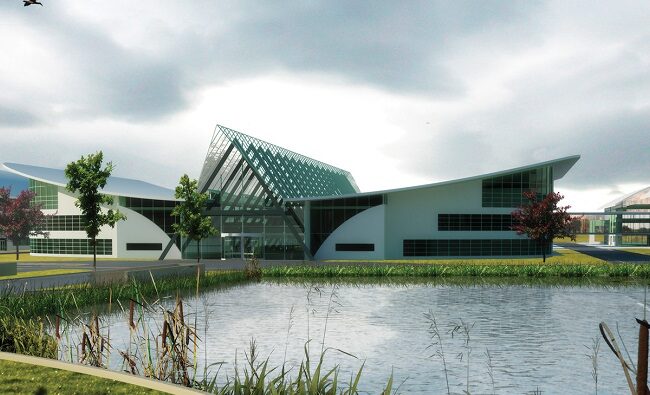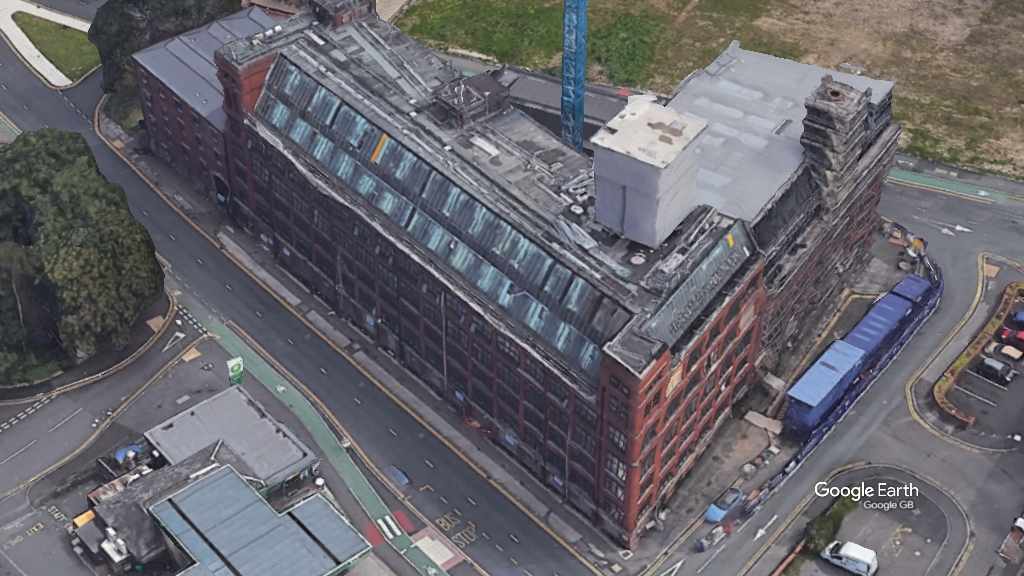SPECIAL REPORT | Enterprise Zones
 The Government is set to announce 16 more Enterprise Zones within its Autumn Statement on Wednesday. Over the course of this week Neil Tague will be putting the North West’s zones under the microscope to see whether they are delivering the economic growth promised back in 2011.
The Government is set to announce 16 more Enterprise Zones within its Autumn Statement on Wednesday. Over the course of this week Neil Tague will be putting the North West’s zones under the microscope to see whether they are delivering the economic growth promised back in 2011.
In the zone
Are Enterprise Zones delivering? It was March 2011 when the coalition government, having laid waste to the regional development agencies and set in place a loose ‘build your own’ framework for Local Enterprise Partnerships, named the first tranche of four Enterprise Zones. There are now 24 zones with the next phase taking the total to 40. In July, the Government announced that the initial timeframes would be extended by three years to March 2018. But have any of the zones achieved what they set out to do, namely encourage businesses to invest in these specific areas to boost the economy?
In the North West, there is Mersey Waters; Manchester’s Airport City; and Sci-Tech Daresbury; all of which are based around existing schemes. In Lancashire, the strategic body responsible, the Lancashire Enterprise Partnership, chose a two-site approach at BAE Systems’ sites in Warton and Samlesbury. Just this month, Blackpool Airport was granted EZ status, while the LEP has also submitted a bid for EZ status at Hillhouse Business Park.
There has been no published assessment of the Enterprise Zone story so far from central Government. A cynic might say that’s because there’s nothing to talk about, but it’s probably more accurate to say that it’s hard to quantify what would have happened anyway, and what has been newly created.
Damian Walne, a director at economic consultancy Regeneris, and a former economist at the Department for Communities & Local Government, said: “Some zones look to be working better than others, but you have to ask, were these things happening anyway? Daresbury and Manchester Airport were already long-term projects. You’d probably have seen development anyway, it’s just another badge to put on it. In these cases, they’ve been smart in adapting what they had, to fit this model.
“It’s easy to see why policy-makers and officials love enterprise zones. They provide an opportunity to get the hard hats on for a photo opportunity that sends out a visible message of progress.”
He continued: “Nationally, the headline numbers on job creation aren’t anywhere close to being fulfilled. They seemed to realise in 2013 that not much was happening and put another £100m in to kickstart investment. But on a lot of these sites, infrastructure is needed, and developers won’t commit to that spending ahead of getting tenants in.” In other words, in many cases EZ status might not be enough.
This lack of upfront investment has meant that, at best, EZs will deliver some way later than the ‘54,000 jobs by 2015’ line trumpeted in 2011. Even where zoning works, the ‘displacement factor’ can’t be ignored, according to Walne: “There’s a tendency to talk up the 1980s and 1990s economic development zones, because people talk about Canary Wharf. But that had millions of pounds of infrastructure spending, and it’s in London. Elsewhere, the story was one of displacement, such as the Metro centre, which was a success in itself, but ruined Newcastle city centre for years.” Closer to home, the displacement effect has been all too evident in Bolton, where the success of Middlebrook Retail Park hit both retail and offices in the town centre badly.
As Walne said, the job creation numbers so far aren’t impressive. But they are increasing. Two of the more successful zones so far look to be Kent’s Discovery Park, a 1.5m sq ft former Pfizer complex; and a three-site zone in Harlow, Essex, featuring a data campus on an old Nortel facility. Both are focused on key growth sectors and are located in the booming South East. As the rest of the country follows that region’s economic lead, can the North West sites match up?
Enterprise Zones benefit from:
- Business rate discount worth up to £275,000 per business over a five-year period
- All business rates growth within a zone will remain with the local authority for 25 years
- Enhanced Capital Allowances available, with 100% relief on plant and machinery investments between 2012 and 2017
- Help from government in simplifying the planning process, through the use of Local Development Orders
- Support to ensure delivery of superfast broadband and other necessary infrastructure
Enterprise Zones in numbers:
- 54,000 – the number of jobs the government said EZs would create by 2015
- 4,649 – the number of jobs created by December 2014
- 19,000 – the total of jobs as of October 2015, with 540 firms in the zones
Continue reading Neil Tagues’ analysis of the North West’s Enterprise Zones in Daresbury, Airport City Manchester, and Mersey Waters





Enterprise Zones are simply a way for politicians to claim that they ‘ creating jobs’.
The fact is that 99% of the business are existing, or simply relocating for short term financial gain.
Tinkering by politicians, that’s all it is.
By Citizen Smith
I wouldn’t be as cynical as Citizen Smith, but EZs will only work if there’s enough money and action to get the infrastructure in place early. Too many of them have suffered from a lack of credibility for the first few years, and this would be addressed by spreading the national infrastructure spending a little more fairly, rather than wait for “the market” to respond to the incentives.
By Gene Walker
The Liverpool cross-river docklands enterprise zone Mersey Waters needs pump priming as with the London docklands, particularly on the Wirral side. This should be a fantastic site but the Government should put its money where its mouth is.
By Paul Blackburn (Chester)